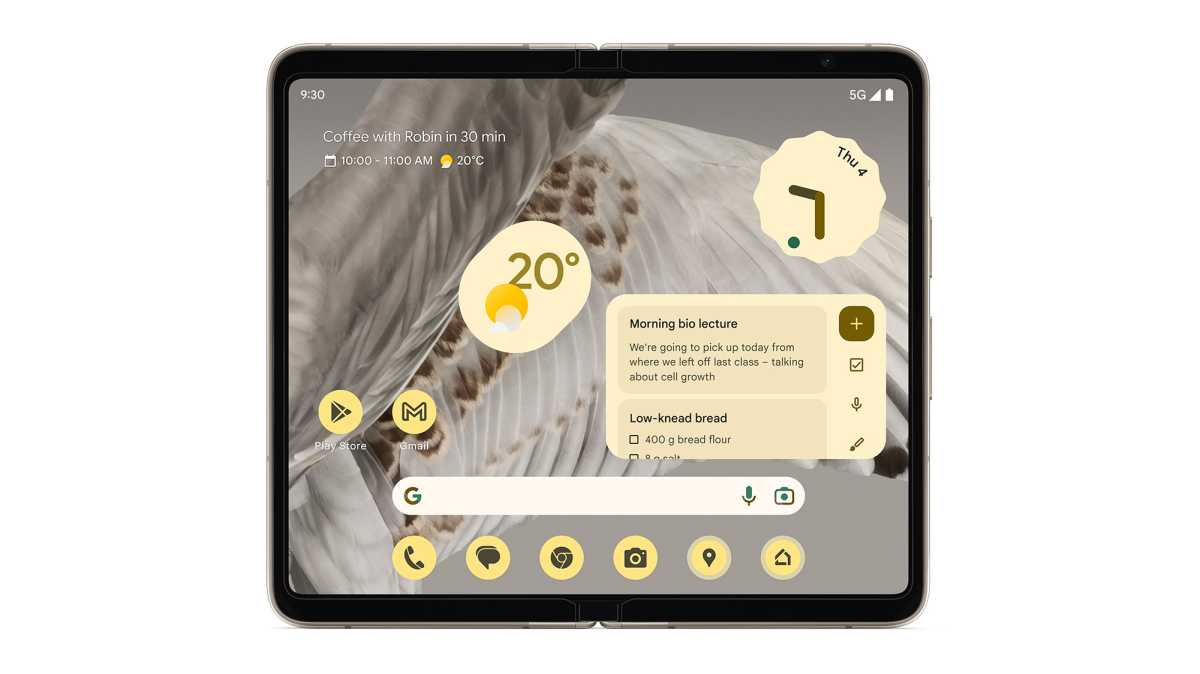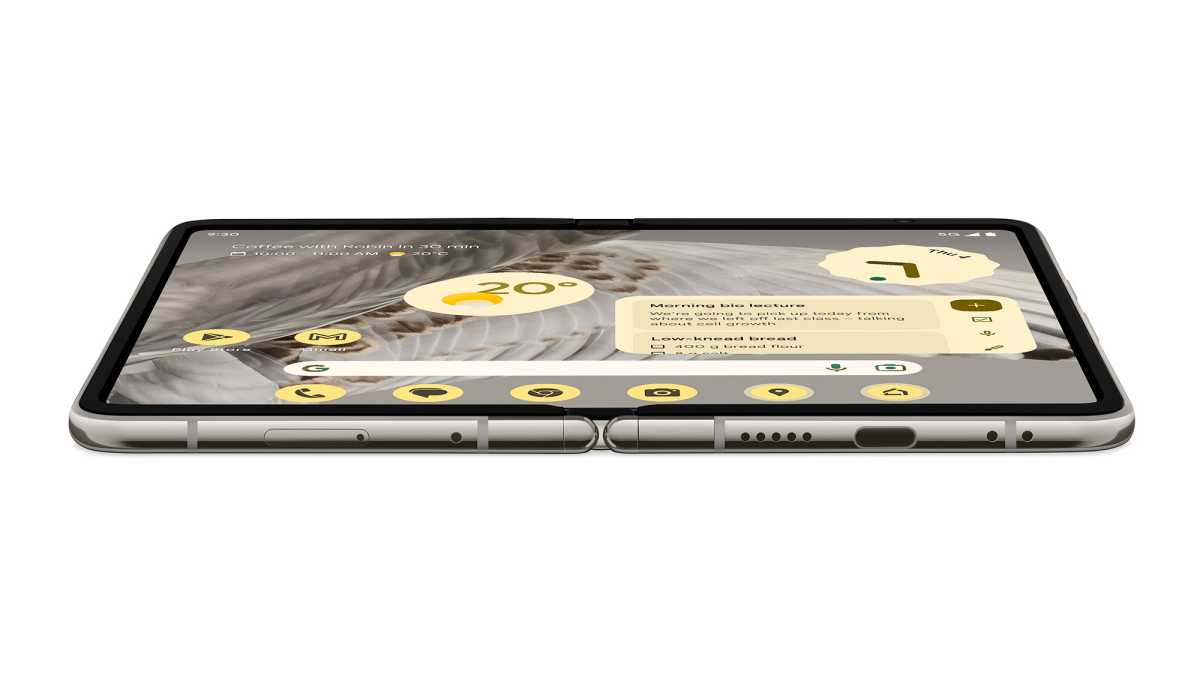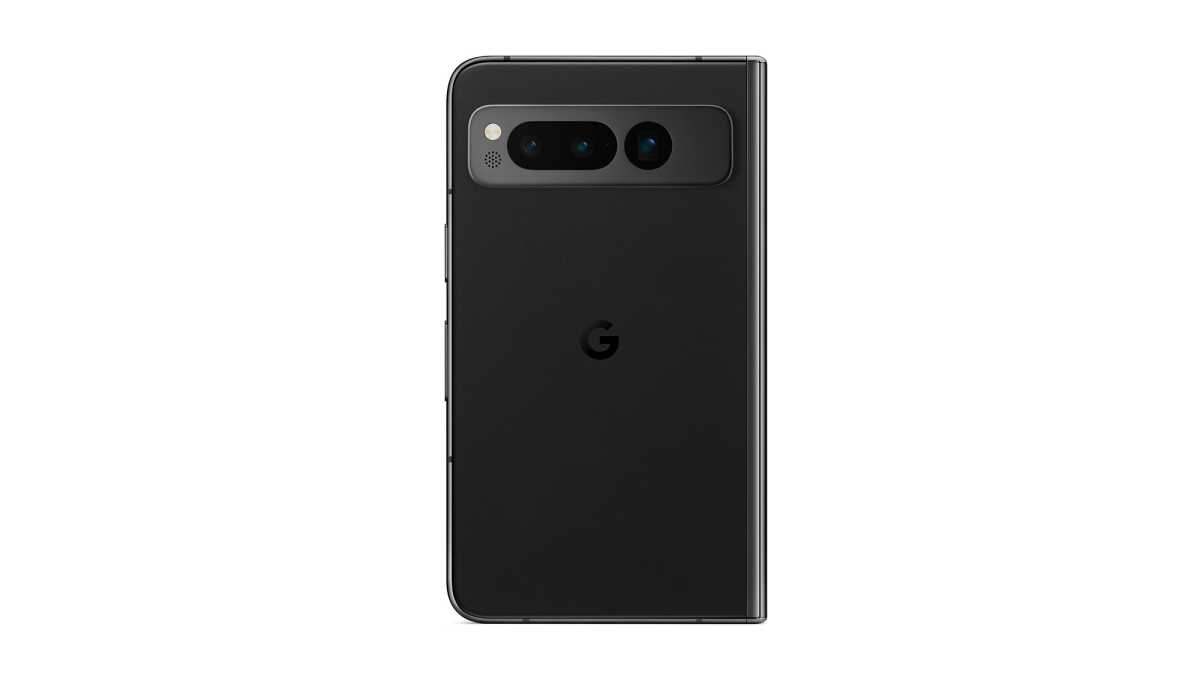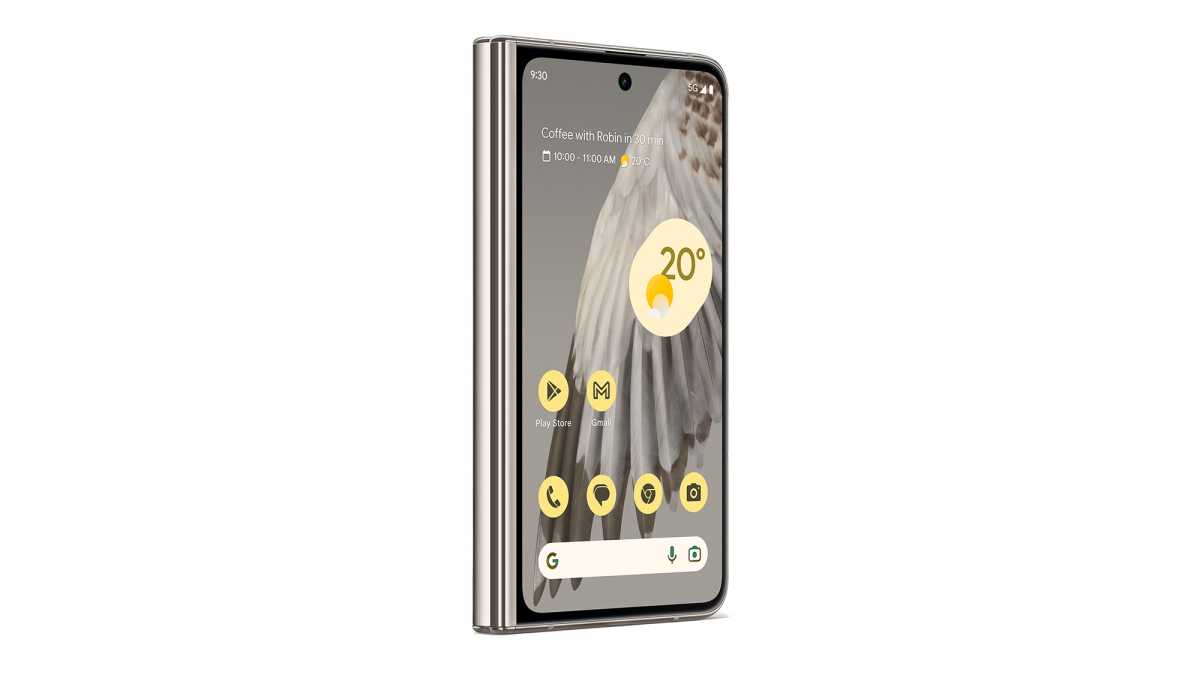Samsung has had almost no competition for its Galaxy Z Fold phones in the West – especially in North America – even though that line is now into its fourth iteration. Thankfully Google is here to rectify that, finally entering the fray with its first ever foldable: the aptly named Pixel Fold.
A big screen, book-style foldable, the Pixel Fold has been built to be slim and lightweight. Google is also promising that its unique software position makes the Pixel Fold the best option around for apps optimised to use the larger display format.
Here’s everything you need to know about the Pixel Fold.
A new generation of Pixel phone is coming. Check out our coverage of the Google Pixel 9 and Google Pixel 9 Pro Fold, which we expect to arrive in August 2024 running all-new Android 15, potentially alongside a new Pixel Watch 3. (Do keep your eyes peeled for deals on other Pixel devices in the meantime!).
Where is the Google Pixel Fold on sale?
After an early tease, Google revealed the Fold in full on 10 May at 2023’s Google I/O conference, alongside the Pixel 7a and Pixel Tablet.
The Fold is out now, but availability is limited. For starters, it’s only launching in the US, UK, Germany, and Japan, so if you live elsewhere we’re afraid you’re fresh out of luck.
While you can order the Fold now, most online retailers – including Google’s official store – are listing shipping dates between July and August, and many who pre-ordered the phone have had their orders delayed.
How much does the Pixel Fold cost?
While there had been some hopes that the Pixel Fold would be affordable by foldable standards, that doesn’t really seem to be true.
The phone starts from $1,799/£1,749 for a model with 256GB of storage, jumping to $1,919/£1,869 for a 512GB model.
That’s more than the $1,799/£1,649/€1,799 Samsung Galaxy Z Fold 4, a phone which is often discounted and so available for even less in practice, especially since it’s due to be replaced soon by the Z Fold 5.
To help sweeten the deal, Google is throwing in a free Pixel Watch for early buyers.
What are the Google Pixel Fold specs?
Displays and design
Obviously, the main addition to the Pixel feature set is a folding screen. This is in the book-style approach adopted by the Samsung Galaxy Z Fold 4 and Honor Magic Vs, rather than the vertical clamshell orientation used by the Samsung Galaxy Z Flip 4 and Motorola Razr 40.

When opened, the phone has a large 7.6in OLED display at a resolution of 2208 x 1840, giving it an almost-square aspect ratio of 6:5. It also offers a fast 120Hz refresh rate, so it should be silky smooth.
That display has already attracted some criticism for the thick black bezel around the edges, but note that this does have the benefit of containing the selfie camera, so there’s no distracting notch or punch-hole. The extra bezel should also make the phone a little easier to hold when it’s open.
On the outside, the 5.8in display is of similar quality: it’s also OLED, and also 120Hz, with the added perk of a Gorilla Glass Victus coating to keep the phone safe from scratches. The whole phone has an IPX8 rating too, so it’s as water-resistant as Samsung’s.
Google has been quick to boast about how slim the Fold is, running just 5.8mm thick when it’s unfolded. That’s comfortably slimmer than Samsung’s latest, and among the thinnest foldable phones around. It’s not one of the lightest though, the 283g weight actually coming in notably heavier than most rivals these days.

As for the hinge, Google is using a water-drop design that should keep the crease minimal, and says the phone should be able to stay open at just about any position across the 180-degree range of motion.
On the back you’ll find a similar design to the Pixel 7 Pro, with triple rear cameras in the now-distinctive Pixel camera bar design. The phone also comes in a choice of two colours: Porcelain or Obsidian.
Core specs
When it comes to core specs, the Fold uses the in-house Tensor G2 chipset that Google developed for its Pixel 7 phones. That’s a powerful chip, but admittedly below the pure power offered by the likes of Qualcomm’s Snapdragon 8 Gen 2.
Google is pairing the chip with 12GB of RAM, and a choice of either 256GB or 512GB of storage.
Cameras
This is a Pixel phone, so of course we care about the cameras. Google hasn’t just dropped the Pixel 7 setup into the Fold here, but has instead designed a new camera combo, with a trio of rear lenses.

The main camera is a 48Mp shooter with OIS, an aperture of f/1.7, and a half-inch sensor. That means it should be a pretty capable shooter, with the ability to capture a decent amount of light – plus all of Google’s post-processing smarts, of course – though based on those specs it’s likely to lag a little behind the 7 and 7 Pro’s main camera, which uses a larger sensor.
It’s joined by a 10.8Mp ultrawide and 10.8Mp telephoto with 5x optical zoom. The inclusion of a telephoto makes this setup comparable to the Pixel 7 Pro, though again, that phone’s 48Mp telephoto is likely superior to the one on offer here.
Finally, the outer display comes equipped with a 9.5Mp selfie camera, while the inner screen offers an 8Mp option – though with a faster f/2.0 aperture.
Battery and charging
This bit’s simple. The Pixel Fold comes equipped with a large 4821mAh battery, which Google says will deliver more than 24 hours of battery life.
Google doesn’t provide a charger with the phone, or specify a max charging speed for that matter, but does say that it offers “fast charging” with the Google 30W USB-C PD charger. Whether that means the phone takes advantage of the full 30W is another matter, so we’ll have to wait to review it to find out just how fast it goes.
Similarly, the phone includes Qi wireless charging support, but we’re not sure at what speed or wattage.
Software and updates
It almost goes without saying that, as a Google phone, the Pixel Fold ships with Android 13, the latest version of the Google OS.

Google says that it has optimised over 50 official Google apps to work well with the Fold’s large display, and is also working with developer partners for apps including Spotify, Disney+, and WhatsApp to optimise their experiences too.
Unique features here include selfies using Google’s Real Tone skin tone tech via the main camera, astrophotography without a tripod thanks to the phone’s tabletop mode, and live two-way translation using the two screens that will arrive with Android 14 later this year.
Speaking of updates, the Fold will receive three Android version updates – so through to Android 16 – and five years of security patches in total.
If you can’t wait to get the latest smartphone technology in your hands, check out our guide to the best phones coming in 2023.

